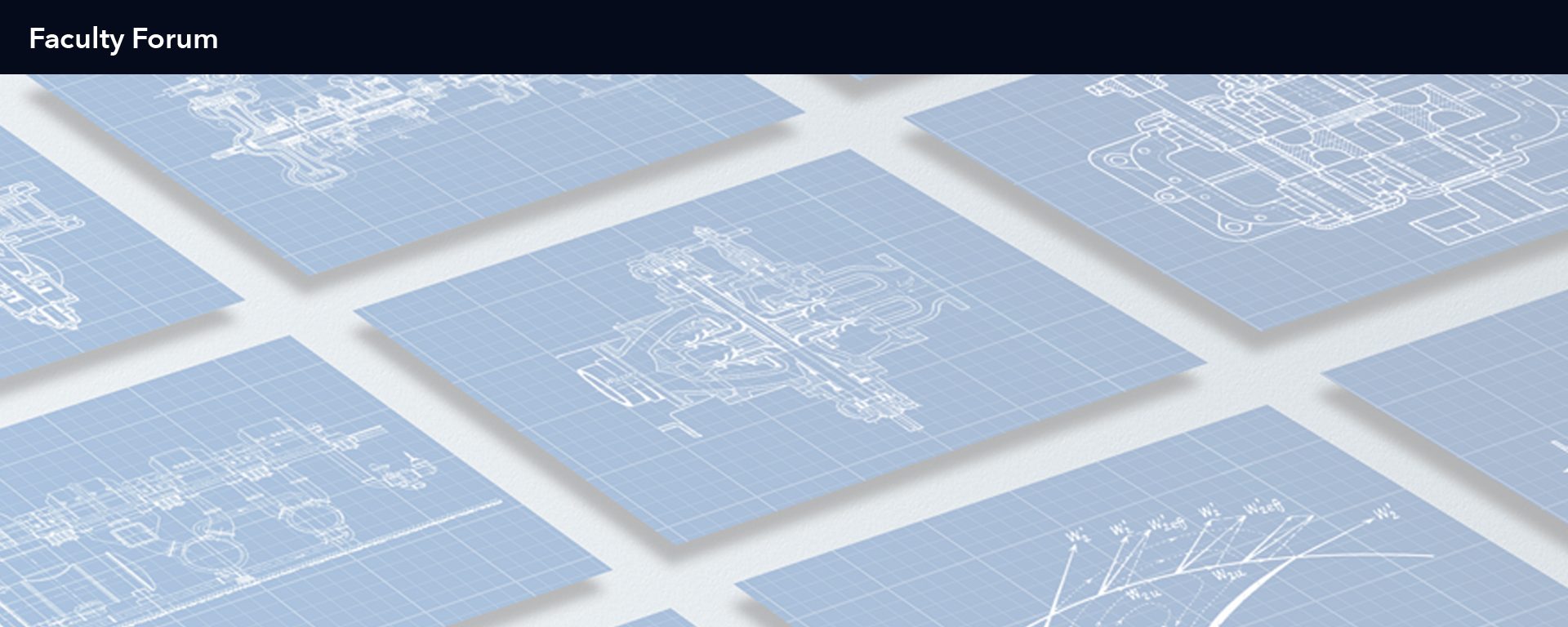Who Should Understand Blueprints? Five Ideas That Might Surprise You
by Kyle Zachary, MSOL, Continuing Education Instructor, Goodwin University
Blueprints are the basic tools for product specification and the fundamental expression of your client’s needs. Who in your company should understand them? There are many obvious answers to this question, but also some that may escape a cursory analysis. Let us consider the obvious and the not so obvious.
We have been offering blueprint reading workshops as part of Goodwin University’s Continuing Education program since 2016, and it’s easy to predict the job descriptions of workers who take the course. We see many production floor people, including machinist, programmers, and production supervisors and managers. We also frequently have engineers attending. Quality room positions are also well represented, including quality inspectors, supervisors, and quality engineers. We also have receiving inspectors and logistics people attending. All of these positions come in contact with blueprints on a daily basis and need the skills to interpret them.
These are the folks that anyone would expect to see in a blueprint-reading course. There are additional positions in your company that can benefit from acquiring blueprint reading skills, though they may not be immediately obvious:
Cost Accounting
When determining the actual costs associated with manufacturing a product, having a basic understanding of blueprint reading is essential. Variables affecting production costs and quality costs are clearly expressed to those who can interpret a blueprint. Blueprints must adhere to universal standards; symbols, lines, and values are never ambiguous. The complexity of a part and the complexity of the manufacturing processes required are demonstrated by the geometry of the drawing, and quality control challenges are clear to see in dimensional and geometric tolerances. A blueprint will always be clearer and less ambiguous than long, dense verbal or textual descriptions of a product.
Production Control Master Schedulers
Production master schedulers, who have the challenging task of balancing production needs with available resources while maximizing cost effectiveness, can benefit from blueprint reading knowledge in much the same way as cost accountants. The blueprint acts as a map that concisely indicates the resources needed for production. Manufacturing and quality process, materials, and other client requirements are defined there. It is the go-to document for confirmation and for resolution of questions.
Materials Planning
Determining and planning the requirements of consumables, raw materials, and spare parts essential for production plan implementation are driven by information found in blueprints. Types of materials are specified, and processes that use consumables are noted, as are assembly part counts. Material planners can benefit greatly from a working knowledge of blueprints.
Inventory Control
Inventory control underlies lean processes such as JIT and pull vs. push methods. Those responsible for inventory control, including control of raw materials, WIP, and finished product, should have blueprint reading skills as well. As with material planning, critical information is specified there and is easily referenced. Critical revisions, including those effecting inventory, are documented there.
Information Systems
Peter Santago, assistant professor of Quality Management Systems in Goodwin’s Manufacturing program, has over 30 years of manufacturing management experience. He offers the following observation about Information Systems Workers: Anyone involved in MRP or ERP application development or engineering application development and support should be able to read a blueprint. Their software applications need to work in the way that best results in meeting client needs. Client needs are most clearly and concisely defined in blueprints. Information systems people who have blueprint reading skills are better able to understand the business and are better equipped to provide solutions.
And more…
In Goodwin’s Continuing Education and Manufacturing Worker Training Programs, we have even had a company request a blueprint course for their sales and marketing team, a group that also falls outside the traditional thinking about blueprint training. All the attendees gained confidence in their ability to communicate with clients, given their newly acquired skills. So the next time upskilling is on your mind, think about blueprint training for all who can benefit from it.
Interested in keep your company at the forefront of the workforce — and ahead of your competition? Click here to learn more about Goodwin’s Continuing Education and Manufacturing Worker Training Programs.
Kyle Zachary is a faculty member in Goodwin University’s School of Business, Technology, and Advanced Manufacturing. He has worked in the wood technology industry and financial markets. Kyle has been a full-time teacher for 10 years, teaching a diverse range of subjects from ESL to Manufacturing and Six Sigma, including teaching positions in the U.S. and Brazil.
kzachary@goodwin.edu

